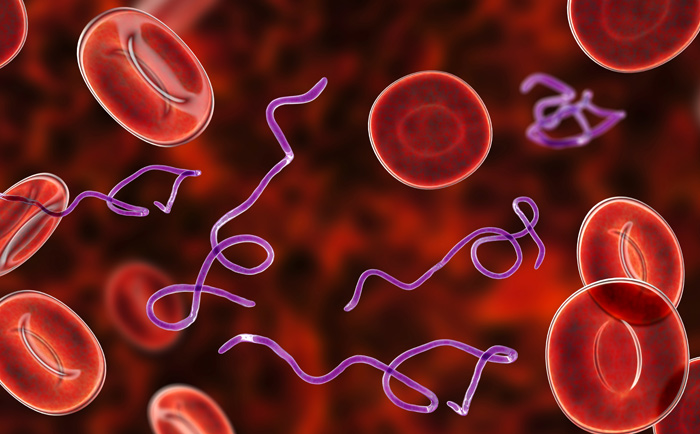Ehrlichiosis is a tick-borne infection caused by bacteria called Ehrlichia (including E. chaffeensis, E. ewingii, or E. muris eauclairensis), which infect white blood cells. Ehrlichia is spread primarily by the lone star tick, found in the southeastern and south-central U.S. Ehrlichiosis symptoms usually begin within one to two weeks after a tick bite and can range from mild to severe, if not treated promptly. Because ehrlichiosis symptoms often overlap with other common illnesses.
Anaplasmosis is an infectious disease caused by the bacterium Anaplasma phagocytophilum, which infects white blood cells. Anaplasmosis symptoms can be subtle or severe and often resemble those seen with Lyme disease. And, like Borrelia burgdorferi (the bacterium that causes Lyme disease), Anaplasma is transmitted through the bite of an infected blacklegged tick (Ixodes scapularis in the eastern and midwestern U.S., and Ixodes pacificus on the West Coast.)
Rickettsia infections are illnesses caused by tiny bacteria called rickettsia. Rickettsia symptoms can range from mild to severe. In the United States, Rocky Mountain spotted fever is the most common rickettsial infection. Although these infections can also be acquired through fleas, lice or mites, rickettsia is typically transmitted through the bite of an infected tick.
Rocky Mountain spotted fever (RMSF) is a serious tick-borne illness caused by the Rickettsia rickettsii bacterium. It was first identified in the early 1900s in the Rocky Mountain region, but has since been reported across much of the United States, particularly in the Southeast and South-Central region.

